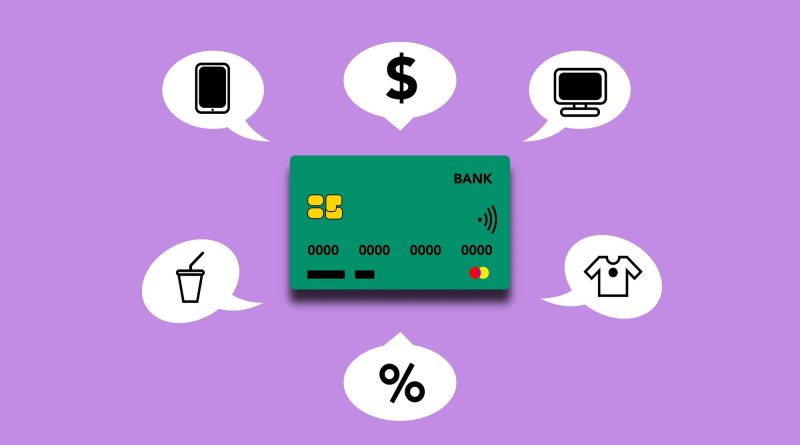Everything You Need to Know About EFTs
If you’ve ever used a service like PayPal or Venmo to send money to a friend, you’ve used an electronic fund transfer (EFT). EFTs are a type of electronic payment that can be used for a variety of purposes. In this article, we’ll discuss what EFTs are, the different types of EFTs, the risks and benefits of using EFTs, and how you can protect yourself from fraud when using EFTs.
What are electronic funds transfers (EFTs)?
An electronic funds transfer (EFT) is a type of digital payment that allows users to send and receive money electronically. There are many different types EFT payments, but the most common include bank-to-bank transfers, peer-to-peer payments, and automated clearing house (ACH) transfers.
EFTs are conducted using a variety of methods, including the following:
- Online banking: This is the most common way to conduct an EFT. You can typically initiate a bank-to-bank transfer or peer-to-peer payment by logging into your online banking account using your debit card and entering the necessary information.
- Mobile apps: Many banks and financial institutions offer mobile apps that allow you to conduct EFTs on the go. To make an EFT using a mobile app, you will typically need to enter the same information as you would for an online banking transaction.
- Telephone banking: Some banks and credit unions offer telephone banking services that allow you to conduct EFTs over the phone. To make an EFT using telephone banking, you will typically need to provide your bank account number and routing number, as well as the bank account number and routing number of the recipient.
- In-person: You can also conduct some types of EFTs in person. For example, you may be able to withdraw cash from an ATM or deposit funds into another person’s account using a teller.
How do electronic funds transfer (EFT) work?
EFTs typically involve the use of electronic networks to send and receive payments. When you conduct an EFT, the funds are transferred between your bank or credit union and the recipient’s bank or credit union using an electronic network.
The electronic network that is used for an EFT may vary depending on the type of transaction. For example, bank-to-bank transfers are typically processed using the Federal Reserve’s Automated Clearing House (ACH) network, while peer-to-peer payments are often processed using a service like PayPal or Venmo.
One of the benefits of EFTs is that they can be conducted 24 hours a day, 7 days a week. This is because the electronic networks that are used to process EFTs are typically available 24/7.
What are the different types of EFTs?
There are many different types of EFTs, but the most common include the following:
- Bank-to-bank transfers: A bank-to-bank transfer is an EFT that is conducted between two different banks or credit unions. These types of transfers are typically used to move funds between your own accounts at different financial institutions.
- Peer-to-peer payments: Peer-to-peer payments are EFTs that are conducted between two individuals. These types of payments are typically made using a service like PayPal or Venmo.
- Automated clearing house (ACH) transfers: ACH payments are EFTs that are processed through a direct deposit service provider such as the Federal Reserve’s Automated Clearing House network which is responsible for electronic fund transfers. ACH payment or ACH transactions can be used for a variety of purposes, including direct deposit of payroll and electronic bill payment.
What are peer-to-peer electronic payments?
Peer-to-peer electronic payment (also known as eft payment or eft bank transfer) is simply payment made electronically between two individuals. The sender initiates the transfer using any financial institution such as their bank’s online banking system or mobile app, and the recipient receives the funds almost immediately. There’s no need to write a check or carry cash, and there’s very little risk of fraud. Plus, eft payments can be used to pay bills, send money to friends and family, or make purchases online. In short, they’re the future of money.
Why do people prefer electronic transfers?
There are many reasons why people prefer electronic transfers over other types of payments, such as cash or check. Some of the most common reasons include the following:
Convenience: Electronic transfers can be conducted 24 hours a day, 7 days a week. This is convenient for people who need to send or receive money outside of normal banking hours or pay bills.
Safety: Electronic transfers are generally considered to be safe. This is because the funds are transferred between banks or financial institutions, which have security measures in place to protect against fraud and theft.
Speed: Electronic transfers are typically processed quickly. This is especially true for ACH transfers, which can take just a few days to process.
What are the risks and benefits of EFTs?
EFTs offer a number of advantages over other types of payments, such as checks and money orders. Some of the benefits of EFTs include the following:
- Convenience: EFTs can be conducted 24 hours a day, 7 days a week. This is because the electronic networks that are used to process EFTs are typically available 24/7.
- Speed: EFTs are typically processed much faster than other types of payments, such as checks and money orders.
- Security: EFTs are typically very secure, as they involve the use of electronic networks that are highly regulated.
However, there are also some risks associated with EFTs. These risks include the following:
- Fraud: One of the most common risks associated with EFTs is fraud. This type of fraud typically occurs when someone uses your account information to make unauthorized transactions.
- Errors: Another risk associated with EFTs is the potential for errors. For example, if you enter the wrong account number or routing number when making an EFT, the funds may be sent to the wrong person.
How can I protect myself from fraud?
There are a few things you can do to protect yourself from fraud when conducting EFTs:
- Keep your account information safe: One of the best ways to protect yourself from fraud is to keep your account information safe. Be sure to never share your account number or routing number with anyone unless you are absolutely sure they are legitimate.
- Monitor your accounts: Another good way to protect yourself from fraud is to regularly monitor your accounts. This way, you can quickly spot any unauthorized transactions and report them to your bank or credit union.
- Use trusted services: If you are conducting an EFT using a service like PayPal or Venmo, be sure to only use services that you trust. This will help to protect you from fraudsters who may try to use a fake or malicious service to steal your account information.
Conclusion
EFTs offer a number of advantages over other types of payments, such as convenience, speed, and security. However, there are also some risks associated with EFTs, such as fraud and errors. There are a few things you can do to protect yourself from fraud when conducting EFTs, such as keeping your account information safe and monitoring your accounts. When using EFTs, be sure to only use services that you trust.



